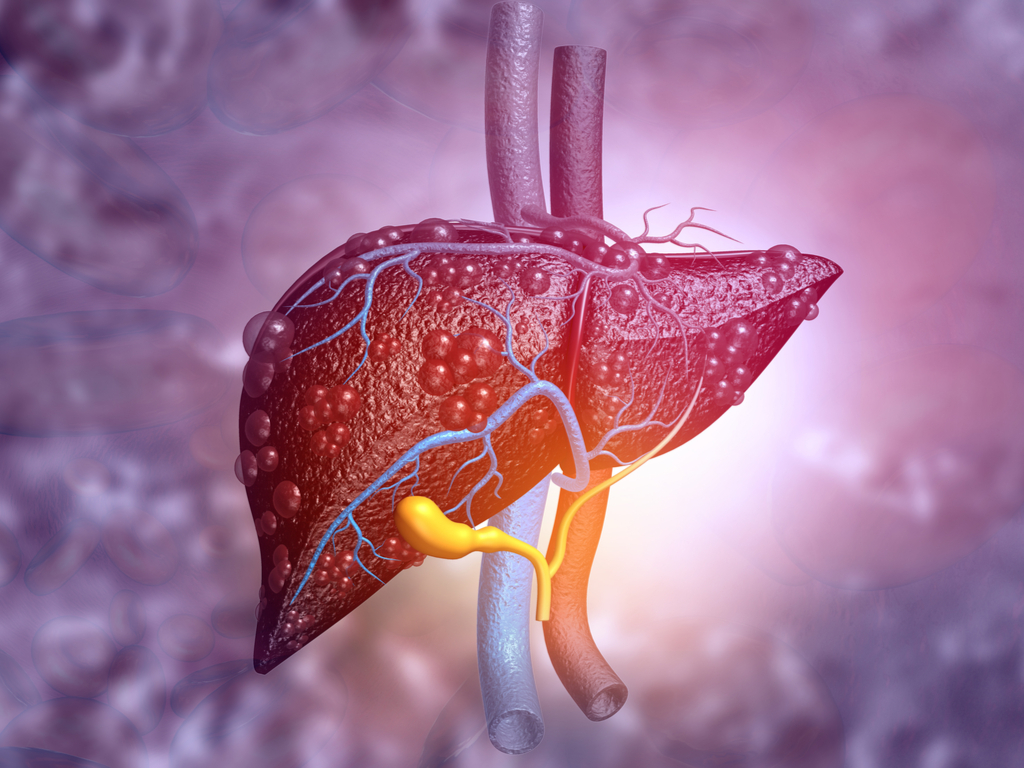When you buy through links on our site , we may realize an affiliate charge . Here ’s how it work .
In an authoritative step toward the creation of " bio - batteries , " a new study reveals how bacteria produce electrical energy when protein in their cell membranes come into striking with a mineral airfoil .
Scientists have known for some meter that a family of marine bacteria hump asShewanella oneidensis , find in rich sea sediments and soil , can create electric currents when exposed to heavy metal like iron and atomic number 25 .

Shewanella oneidensis bacteria can produce electricity on a mineral surface.
In a discipline published today ( March 25 ) in the diary Proceedings of the National Academy of Sciences , investigator show that these protein can ferry negatron across a membrane at a charge per unit fast enough to make the vim the bacterium demand to live on .
Just as humans breathe oxygen and use it to mother energy , Shewanellabacteria can use minerals like iron oxide for cellular respiration , study Centennial State - author Liang Shi , a microbiologist at Pacific Northwest National Laboratory in Richland , Wash. , tell LiveScience . The bacteria are sleep with to bring forth a stream by shuttling electrons across their cell membrane , " but how this electron transferee from bacterium to mineral occurs is not well understood , " Shi say .
There are two main possibilities for how it happens : The membrane protein might transplant electrons directly to the mineral surface , or the protein might use other molecules to help them extend electrons across the cell tissue layer .

To show how membrane proteins in thesebacteria produce an electric current , researchers created a bubblelike structure of fatty molecules dot with these proteins , which mimicked the bacteria ’s cell tissue layer . It ’s much easier to study these bubbles than real bacterial cubicle , which are crowd with other structures , Shi say . The experiment were also scat in an O - liberal environment , since oxygen can interfere with the chemical reactions .
The house of cards contained an electron presenter on the interior , and were exposed to an iron - containing mineral on the exterior . The researchers appraise the speed of the electric current that developed across the tissue layer .
The velocity of this current was very fast — tight enough to intimate the bacterium use this chemical mechanism to make their electrical flow in nature .

" Our enquiry demonstrate that these proteins can directly ' partake ' the mineral surface and produce an electric current , intend that it is possible for the bacteria to lie on the control surface of a metal or mineral and acquit electrical energy through their cell membranes , " work drawing card Tom Clarke , a biologist at the University of East Anglia , U.K. , enounce in a financial statement .
realize how these bacteria function could enable scientist to developbio - batteriesthat could hive away vigour for sensors in distant surround , for example . Conversely , the inverse mental process — put electricity into the bacteria — could be used to make the bacterium manufacture utilitarian materials .
Bio - barrage are already being germinate , Shi said , though not as part of this inquiry . The next question is how these electron - shuttling protein fit out into the whole scheme , not just within the lab bubble , he say .
















